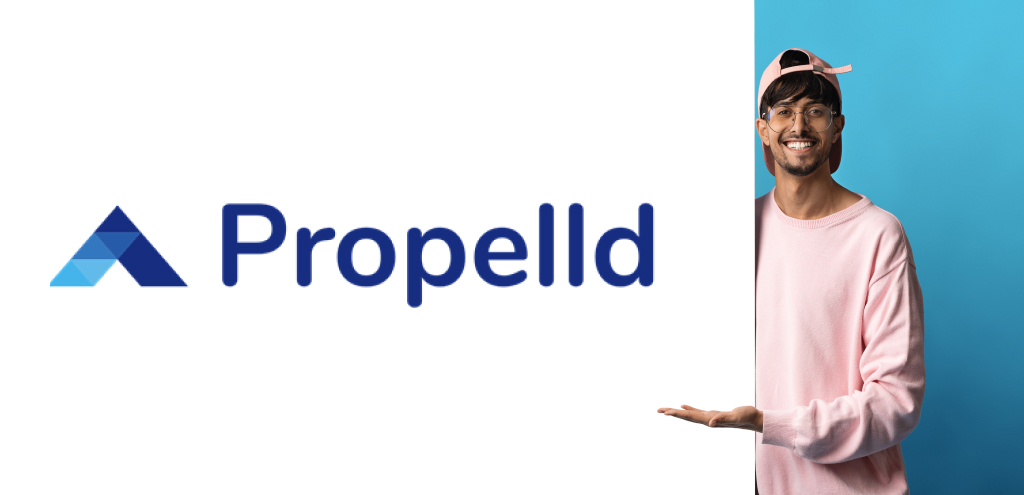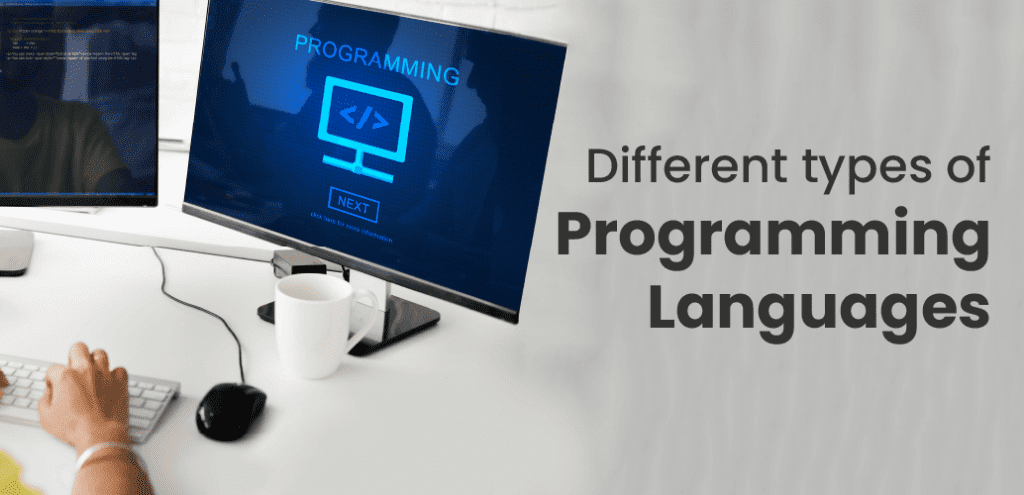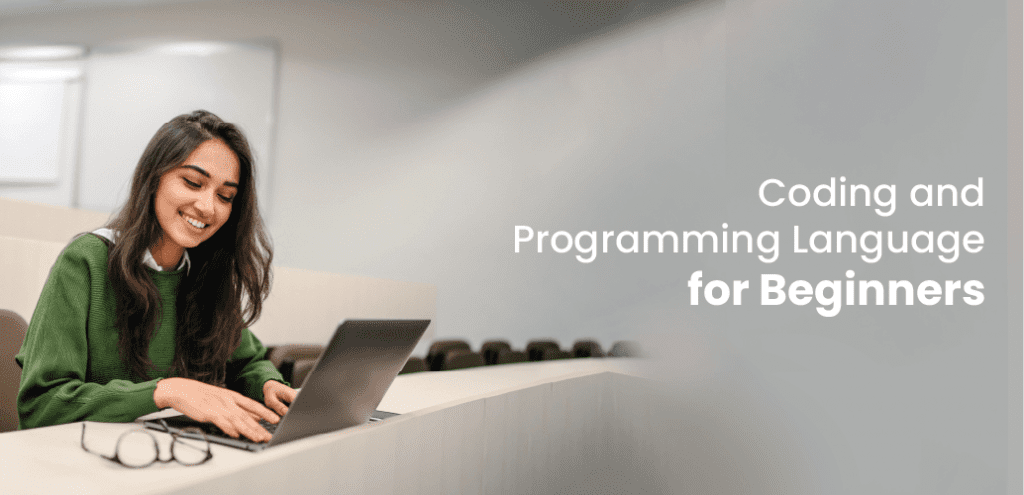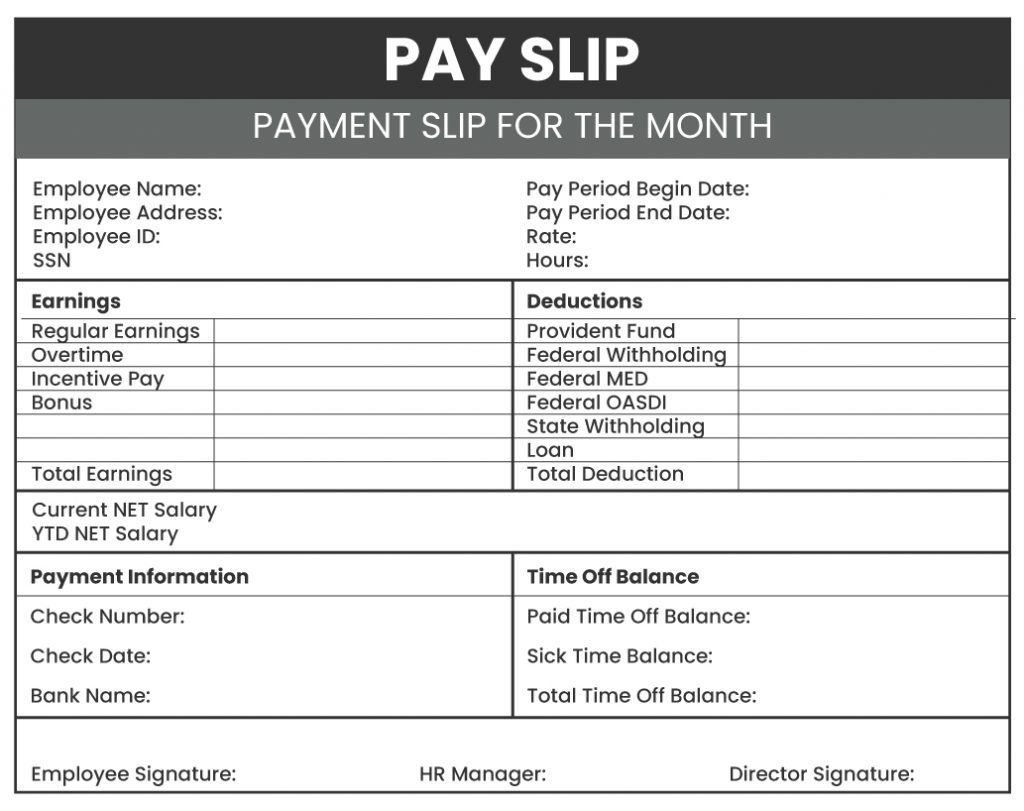When it comes to your career, there should be no room for hesitation. Which is why upGrad Campus has several flexible modes of payment, so you can take a step towards your dream worry-free.
You can easily apply for an educational credit facility and clear it with pocket-friendly EMIs in no time. We have listed our Third Party Credit Facilitators with an Auto-Debit process so that you can make an informed decision as you invest in your career.
No Cost EMIs on Credit Cards
This process is applicable for you in case you have the credit cards associated with the following banks:
- Kotak Bank
- HDFC Bank
- Axis Bank
- ICICI Bank
- RBL Bank
- American Express
- CITI Bank
- IndusInd Bank
- HSBC Bank
- Standard Chartered Bank
- Yes Bank
- Bank of Baroda
- Federal Bank
- IDFC First Bank
(Please note: Diners Club, American Express and Business Cards are NOT applicable for credit card EMI’s). If your credit amount exceeds INR 30,000 then you can avail a tenure of 9 months, 6 months and 3 months (without any interest) and for an amount less than INR 30,000 you can avail a tenure of 6 months and 3 months without any interest.
These are the Third Party Credit Facilitators available for the No Cost EMI process in upGrad Campus and all
The below mentioned Third Party Credit Facilitators will have an Auto-Debit process.
With Auto-debit, you give the Third Party Credit Facilitators permission to automatically debit the EMI amount from your bank account on the given due date.
Fibe

Fibe, earlier known as Early Salary, provides credit facilities for young working professionals enrolling for upGrad Campus for a tenure of 3, 6 or 9 months. A task usually fulfilled by family, relatives or friends, Fibe provides a feasible alternative for young people to arrange for educational costs. Please note: if you opt for a credit amount that exceeds 30,000 – you have the option to pay it in 9 months at an interest rate of 3%
Fibe’s Eligibility Criteria
- Applicant age should be 21 years or above if the applicant is salaried and 23 years if the applicant is self employed.
- If the applicant is a working professional, the salary should be above INR 15000. If applicants are self-employed, the income should be above INR 25000/- per month.
- Fibe also checks the applicant’s CIBIL Score. The CIBIL Score is derived from the applicant’s Credit history. Fibe requires a minimum CIBIL Score of 650 points and above.
- Other details are also verified like, Name, Date of Birth, Profession,Location and PAN details. This is done by a “Share Code” system, where a code is sent to the applicant to take consent for applying for a credit facility . The “Share Code” has to be shared with the agent to initiate the credit facility process.
Once the eligibility is confirmed, the candidate will have to submit their KYC documents. This is an important step in the credit facility application process. The documents needed to be submitted are as follows:
- Photograph (facing the camera, without spectacles, scarf, and headphones).
- Aadhar Card front and back (photo and numbers should be clearly visible)
- In case of blur/duplicate copy the applicant must download a password protected digital copy of Aadhar Card from UIDAI website.
- Pan Card with signature or digital Pan card.
- In case of blur/duplicate copy the applicant must download a password protected digital copy of PAN Card from NSDL website.
- Bank statement/ Salary Slip with bank details for the past 3 months in case of NTC.
- For self-employed applicants, providing Income Tax Returns (ITR) is mandatory.
Note:
✔A processing fee of INR 200 will be charged upon completion of the credit facility process, which will be divided into 3 or 6 equal EMIs and will be debited along with the actual EMI amount.
✔The EMI amount will be auto-debited from the applicant’s account shared at the time of completing the credit facility process.
✔In case of any discrepancies, Fibe may ask you to submit additional documents for KYC.
✔If the earlier eligibility criteria is not met, the candidate must ask another co-applicant to apply for their credit facility.
✔If the credit facility is activated during the first half of the month, say 1st May to 20th May, the due date to pay the first EMI will fall on the 5th of the immediate month, i.e. 5th June. If the credit facility gets activated during the second half, say after 20th May, the due date will fall on the next-to-next month, i.e., 5th of July.
Propelld

Propelld is a financial institution that focuses solely on providing educational credit facilities to students in partnership with educational institutions through a fully digital credit facility process. Taking on the mantle of family, friends and relatives who normally sponsor further education, Propelld comes to the rescue of learners by arranging for their education costs.
| Propelld has partnered with upGrad Campus as a Third Party Credit Facilitator to offer credit facility to young professionals pursuing the upGrad Campus Certification course for a tenure of 3 months to 9 months. |
Propelld’s Eligibility Criteria
- Applicant’s age should be 21 years or above if the applicant is salaried, and 23 years if the applicant is self-employed.
- If the applicant is a working professional, the monthly income should be above INR 15,000. If the applicant is self-employed, the monthly income should be above INR 25,000.
- Propelld also checks the applicant’s CIBIL Score. The CIBIL Score is derived from the applicant’s Credit history. Propelld requires a minimum CIBIL Score of 750 points and above.
Note: If the above eligibility criteria are not met, the candidate must ask another co-applicant (Blood Relation) to apply for them.
KYC process
Once the eligibility is confirmed, the applicant will have to submit their KYC documents. These include:
- Photograph (facing the camera, without spectacles, scarf, and headphones)
- Aadhar Card front and back (photo and numbers should be clearly visible)
- In case of blur/duplicate copy the applicant must download a password-protected digital copy of the Aadhar Card from the UIDAI website
- PAN Card with signature or digital PAN card
- In case of blur/duplicate copy the applicant must download a password-protected digital copy of the PAN Card from the NSDL website.
- Bank statement/ Salary Slip with bank details for the past 3 months in case of NTC.
- For self-employed applicants, providing Income Tax Returns (ITR) is mandatory.
Note:In case of any discrepancies, Propelld may ask you to submit additional documents for KYC.How it works
1) Once your credit facility application has been approved, these following steps need to be completed:
- Digital Agreement signing
- ENACH process (more on this explained below in Final Steps)
- Processing fee payment
- Video verification
2) You will be charged 1% processing fee and 18% GST for the credit facility process – to be paid during the post-approval steps.
3) The EMI amount will be auto-debited from the applicant’s account shared at the time of completing the credit facility process.
4) If the credit facility is activated during the first half of the month, say 1st May to 20th May, the due date to pay the first EMI will fall on the 4th of the immediate month, i.e. 4th June. If the credit facility gets activated during the second half, say after 20th May, the due date will fall on the next-to-next month, i.e., the 4th of July
Zest Money
Zest Money is a Fintech company that has streamlined the entire credit facility process and made it completely mobile-friendly. They have a 3-step fast approval process which offers credit facilities on 0% interest. Any interest charged during the EMI payback period will be refunded as cash back to the shared bank account at the time of KYC.
Please note that the interest will be credited to the account that was used to make the EMI repayment.
|
With the minimum age criteria starting from 20 years (if you’re salaried) and 23 years (if you’re self-employed), Zest Money is the perfect option for final-year and post-grad students to apply for an educational credit facility. |
At the time of registration, the applicant must provide certain details like Name, Email Address,
Phone number, Area pincode.
Zest Money’s Eligibility Criteria
- The applicant age should fall between 20 to 65 years.
- For working professionals, average monthly salary should start from minimum INR 13,000 and above and for self employed applicants the minimum income should be INR 25,000.
- The applicant shouldn’t have any repayment defaults or bounce payment charges in their bank statements.
- Their Applicant Aadhaar has to be linked to their phone and they should have a Net Banking User ID and Password.
Zest Money’s KYC requirements include:
- Last 3 months of Bank Statement.
- PAN card copy
- Aadhar Card
- Live Selfie
If these criteria are met the Applicant opts for Zest Money.
How it works
Once you register on the official website, you will be assigned a credit limit. The process of paying back the credit is completely online (Auto-debit) with EMI options.
Like Fibe, Zest Money too follows a Fixed EMI due date pattern. So if the credit facility is activated between 1st May and 15th May, the EMI due date will fall on the 5th June. If the credit facility is activated between 16th May and 31st May, then the EMI due date will fall on the 5th July.
A processing fee of 1% with 18% GST will be charged on the first EMI Payment Date.
The AXIO Digital Private Limited process
Formerly known as the Walnut 369 Process, this “Buy Now Pay Later” system offered by Capital Float (a Fintech platform) is applicable with Razorpay.
Eligibility Criteria:
- The applicant must have a minimum cibil score of 650 and above.
- The applicant age needs to be 23yrs and above.
Documents Required:
- PAN Card
- Aadhar Card
In order to use their services, you would have to submit certain documents, including PAN Card and Aadhar Card (Aadhar has to be linked to your Phone Number). The link for this process will be available in your offer letter.
To start the credit process with AXIO an OTP will be generated to the registered phone number with Aadhar and then the applicant must enter the OTP in order to continue the Credit facility Process with AXIO Digital Private Limited.
Final Steps for Loan Disbursal

Once you have applied for your credit facility successfully, with all necessary paperwork in order, your Credit Facilitator will release a Mandate that has to be filled as a registration procedure for Auto Debit. For Fibe the mandate process is called Smart Re-pay.
|
Mandates are standing instructions that you, as an account holder, give to a bank authorising them to debit money from your account and crediting it to another institution on a periodic basis. |
Auto Debit
This Payment option automatically makes recurring payments on your behalf. Our platform supports several mandates to simplify this payment process. We have listed below the various Mandates that may be applicable for you. The Mandates applicable for you depend solely on your Third Party Credit Facilitator.
ENACH
E-mandates are payment solutions built to simplify the process of recurring payments for financial institutions and companies that accept EMIs. E-mandates are built on the already existing payment model NACH. NACH stands for National Automated Clearing House.
To complete the E-sign Mandate process you can use the following:
- API Mandate (Applicable for Fibe, Zest Money, Eduvanz, AXIO)
API stands for Application Programming Interface. Using this process you can complete your E-sign Mandate, via either Net Banking or your Debit Card.
- Aadhar-based OTP (Applicable for Fibe, Zest Money)
Using this option you can authenticate your mandates, using an Aadhar based OTP. You would require your Aadhar Card and Bank account to be linked to your Phone number.
Using API Mandates or Aadhar based OTP, you give your respective Bank authority to Auto Debit your account every month for recurring payments.
- UPI Mandate (Applicable only for AXIO)
If you have opted for the AXIO process you have the option to use UPI Mandates as well, to set up Auto Debit for recurring payments. You must have a bank account linked to any UPI platform and ensure that you keep that account sufficiently funded every month for the payment to get processed without a hitch. To go forward with this option applicants must enter a valid UPI id of their respective UPI apps (like Google Pay, PhonePe, etc.). Once that is entered, a request will be sent to their UPI id that the applicant must approve.
| Documentation required for E-mandates – E-mandate signed form. This will be given to you by the credit facilitators directly. – Pan Card – Netbanking or Debit Card – Aadhar Card which should be linked to your Phone Number |
PNACH (Applicable for Fibe, Eduvanz)
PNACH stands for Physical National Automated Clearing House. In cases where candidates are unable to complete the E-sign Mandate process they will be offered a physical form to complete the Auto Debit process.
Reach out to us

As you sign up for one of our courses, we hope these details on all our Third Party Credit Facilitators prove helpful to you and make the process of applying for an educational credit facility a hassle-free process.
However, if you have any further queries, please feel free to connect with us at campus.admissions@upgrad.com
We’ll be more than happy to assist you.












